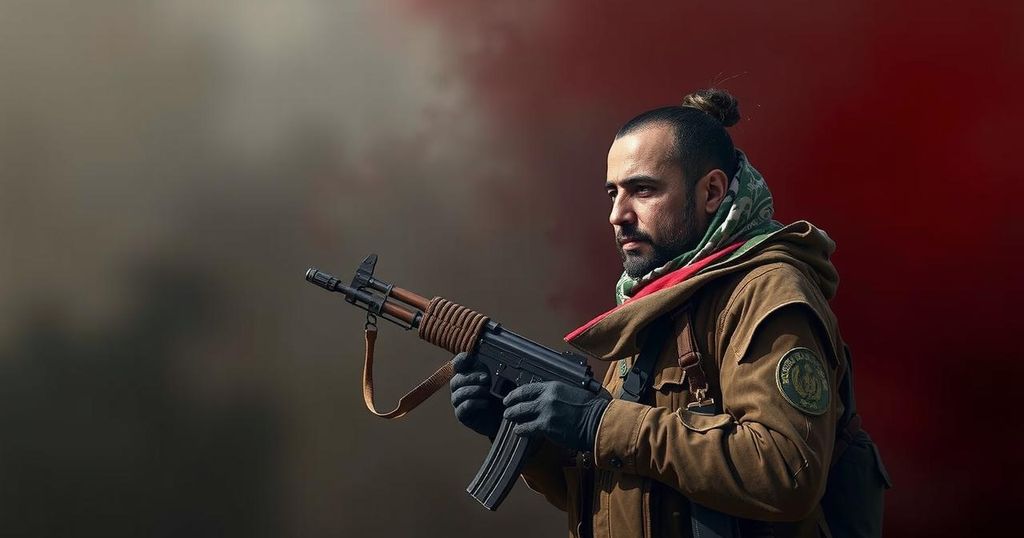UN experts report that Yemen’s Houthis have evolved into a potent military force, backed by Iran and aligned groups amidst heightened regional tensions due to the Israel-Hamas war. Their operations now disrupt maritime activities in the Red Sea, employing new weapon systems against a backdrop of alarming child recruitment practices as the conflict intensifies.
Yemen’s Houthi rebels have undergone a significant transformation from a localized militant group into a formidable military entity, largely due to support from Iran and various allied factions, according to a comprehensive report from United Nations experts. The report, which spans 537 pages, outlines how the Iranian-backed Houthis have leveraged the ongoing Israel-Hamas conflict to bolster their stature within Iran’s so-called “Axis of Resistance,” thereby enhancing their influence regionally and internationally. Recent activities, including systematic attacks on international shipping vessels in the Red Sea and Gulf of Aden, have escalated into a serious disruption of global trade routes. Notably, from November 15, 2023, to July 31, 2024, the Houthis reportedly conducted at least 134 indiscriminate attacks, rather than specifically targeting Israeli-linked ships. The UN experts stated that the Houthis utilized a new ballistic missile, the Hatem-2, during these maritime operations — a scale of naval aggressiveness unprecedented since World War II. The report underscores the Houthis’ strategic collaboration with al-Qaida affiliates and international militant groups, detailing a dramatic increase in their fighter numbers from 30,000 in 2015 to approximately 350,000 in 2024. The former local group has adapted its military capacities significantly due to substantial external military aid, including advanced weaponry and training from Iran’s Quds Force and Hezbollah. As military engagements intensify against Yemen’s internationally recognized government, the recruitment of combatants, including minors and migrants, has surged alarmingly. The UN panel reported forced recruitment practices, with children as young as 10 being conscripted into battles, often in defiance of parental resistance. This growing trend has been exacerbated since the onset of the Gaza conflict, amid ongoing U.S. and U.K. military actions in Yemen. Provided insights from military experts affirm that the Houthis have lacked the indigenous capabilities to develop advanced weapon systems independent of external support. The report concludes that the Yemeni conflict has evolved from a domestic struggle into a significant international crisis, with the potential for further regional destabilization.
The article discusses the escalating capabilities of Yemen’s Houthi rebels, who have transitioned from a local militia to a major military force, primarily due to external support, particularly from Iran. The backdrop includes the complexities of the Yemen civil war, ongoing regional tensions, and the implications of the Israel-Hamas conflict on the Houthis’ strategies and operations. Additionally, it highlights the recruitment practices adopted by the Houthis, pointing towards grave humanitarian concerns and the plight of children in conflict zones. The report serves as a crucial analysis of the current state of the conflict and its broader geopolitical repercussions.
In summary, the UN report delineates a concerning transformation within Yemen’s Houthi rebels influenced by substantial Iranian support and partnerships with other militant factions. The Houthis’ newfound military capacities pose challenges to regional stability and highlight ongoing humanitarian violations, particularly with the involvement of minors in warfare. These developments signal the need for renewed international attention and intervention to address the escalating crisis in Yemen and the broader implications for global security.
Original Source: apnews.com






